This Delaware Couple Has Developed The Garden Of A Lifetime
Helen and Jerry Unruh have cultivated a stunning collection of 1,700 azaleas in their Odessa, Delaware, yard over the course of more than 40 years of marriage.
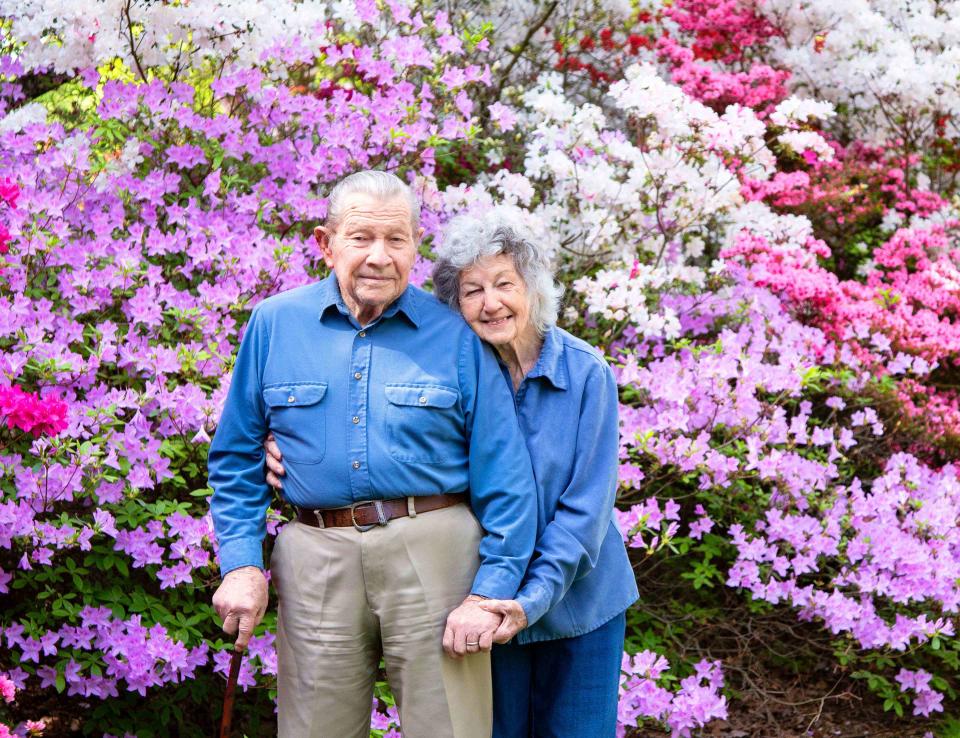
HELEN NORMAN
The courtship of Helen and Jerry Unruh was long-distance. “He had a florist deliver a rose to me every day,” Helen recalls. After two years, a bloom arrived with a card reading, “Will you marry me?” That was in 1975. Today, Jerry still indulges his wife’s love of flowers: They have 1,700 azalea bushes at their home in Odessa, Delaware—all squeezed onto their 1 1∕4-acre property. “They are such gorgeous things in the springtime,” says Helen. “It makes you happy you’re alive.”
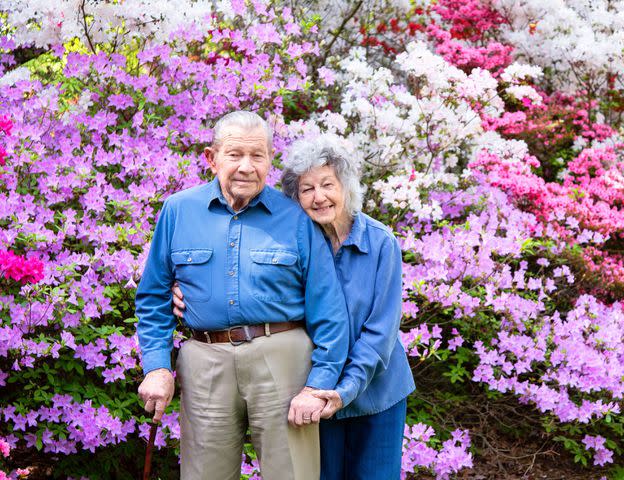
HELEN NORMAN
Jerry, a World War II veteran, already had 85 bushes before they were married (he also built the house himself in the 1950s, with help from his brother). Helen recalls saying when she arrived, “Oh, I love them! Can we have more?” So he kept on planting.
But did they ever think they’d reach 1,700? “Not really,” admits Jerry with a laugh. Once they started, though, they couldn’t stop. They put them along the house’s foundation, around each of their trees (45 of them—maple, oak, beech, and pine—all planted by Jerry), up and down the hedgerow, and following the fence line.
At some point, there were just enough bushes to make the empty spots stand out. Jerry remembers thinking, “It’s kind of bare and scraggly looking, so we’d better add some more.”
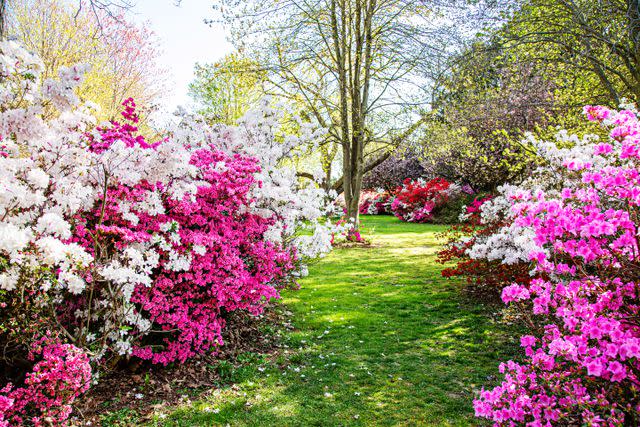
HELEN NORMAN
The layout developed organically over the years as Jerry came across new bushes to acquire. He previously owned a well-drilling company in Middletown. The nature of the work was such that once the pumping process for a new well was underway, he had a little time to kill. If he had seen a nursery nearby, he’d pop over to investigate their stock. Often, he came home to Helen with azaleas in tow.
Sometimes, he’d even offer to buy plants out of the yards of his customers, who were usually happy to make a deal. “I bought a lot of them for $5 or $10 a piece,” he says. He remembers acquiring one specimen this way that was “head high and a good 6 feet across.”
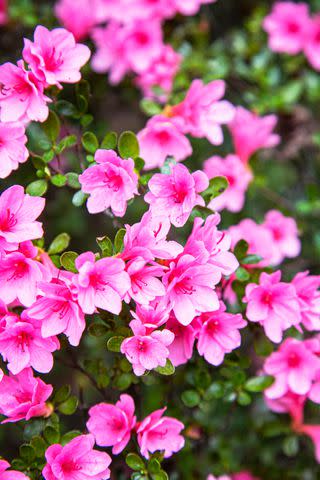
HELEN NORMAN
Every time he returned with azaleas, Helen was delighted. She had agreed long before to help with upkeep and eagerly took on more—until, at last, no spots were left to be filled. The result is a garden that evolved as their marriage did, representing their many years together and existing as a living example of the love and care they’ve given to it and to each other.
In April and May, the bushes are awash in various hues: white, purple, red, and (according to Jerry) every other color an azalea can be. He’s partial to the red ones, but Helen can’t play favorites. “I couldn’t name one I love best because I love them all,” she says.
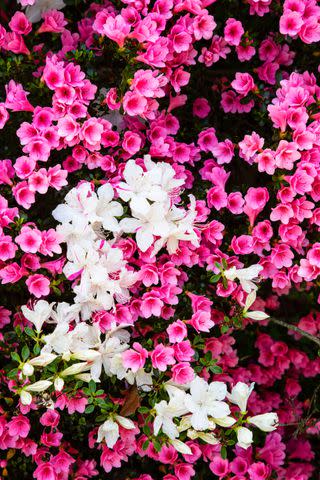
HELEN NORMAN
The garden is famous in its neck of the woods. During peak bloom, the Unruhs host dozens of visitors a day, creating a line of cars on U.S. 13. “They ask if they can walk around. We never deny anybody,” says Jerry. He only regrets not providing a book for people to sign when they come through. “Some of the same ones return year after year,” he notes.
Whenever Jerry dug up bush to add their yard's collection, he was careful to use the spade to cut widely around the roots. "Don't be shy about how bug a root ball you want," he says. If the bush is about 5 years old or 10 to 12 inches in diameter, you'll want to have a root ball that's the same size, he notes.
Jerry is now 97, and Helen is 86. Although the garden still keeps them busy, there’s less to do with every passing week. This is because only younger azaleas require constant attention. “As they grow, they can take care of themselves,” Jerry explains. “Some of the plants out in front of the house, the older ones, go way up to the rooftop.”
In fact, they say their life’s work tending to the azaleas is more or less complete. “The bushes take care of us now,” says Helen. “That’s what I live for: having all the blossoms come out in spring.”
For more Southern Living news, make sure to sign up for our newsletter!
Read the original article on Southern Living.

